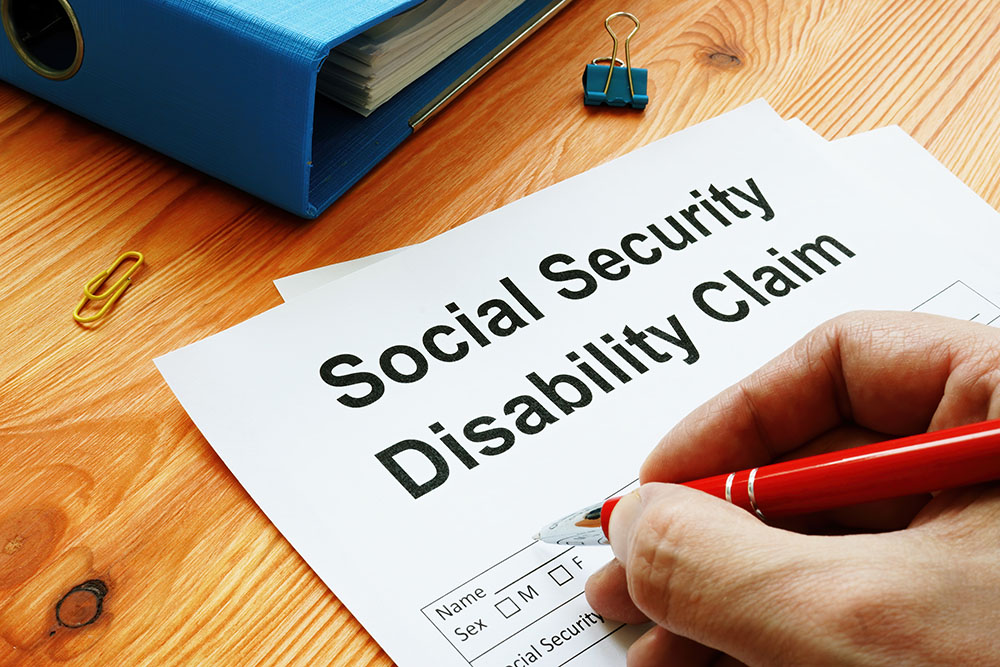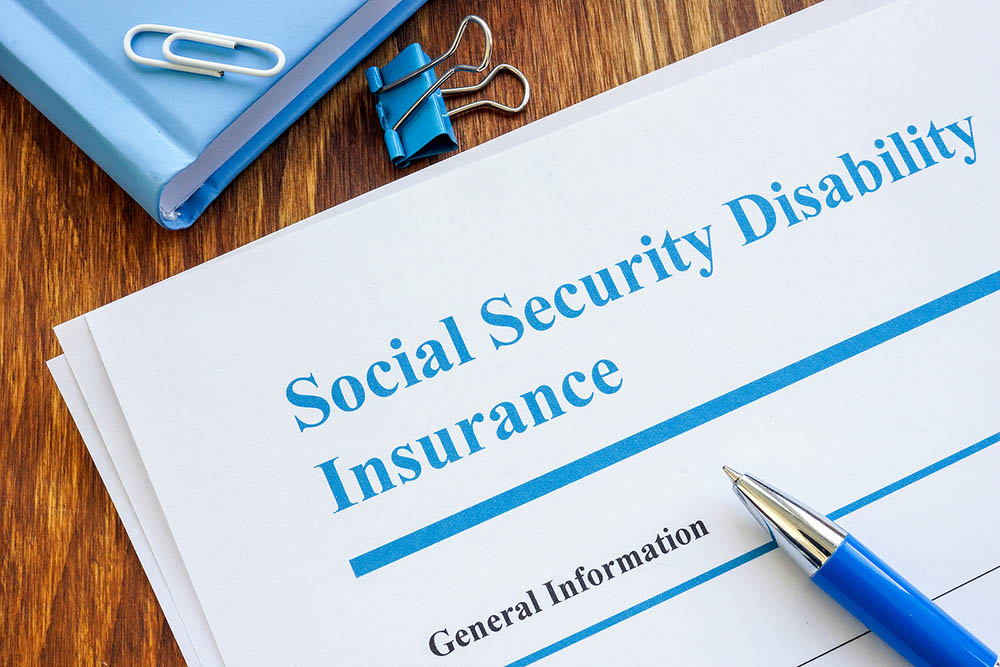Stevens-Johnson Syndrome (SJS) is a rare and serious condition that affects the skin and mucous membranes. Trying to pinpoint what actually causes it can be a puzzle. Many factors are involved, making it crucial to understand the different origins of this syndrome.
Medications are among the most common triggers of SJS, but they aren’t the only ones. Certain infections and illnesses might also play a role. Uncovering the connection between these health conditions and SJS is vital for better prevention and management of this disease.
Genetics may also affect your risk of developing SJS, as certain genetic factors can influence your body’s reactions. Additionally, environmental influences add another layer of complexity, highlighting how varied and unpredictable the causes of SJS can be. Understanding these elements is key to taking proactive steps to prevent the condition.
Drug Reactions: Identifying High-Risk Medications
Many cases of Stevens-Johnson Syndrome (SJS) are linked to drug reactions. Certain medications are known to be high-risk when it comes to triggering this condition. It’s important to recognize these medications to lower the chances of developing SJS.
1. Antibiotics: Sulfonamides and penicillins are common antibiotics that have been found to trigger SJS. These drugs, used for treating infections, can sometimes cause adverse reactions like skin rashes and blisters.
2. Antiepileptics: Drugs such as phenytoin, carbamazepine, and lamotrigine, used to manage seizures, are also on the high-risk list for SJS. Patients using these medications should be monitored closely for any changes in their skin condition.
3. NSAIDs (Non-Steroidal Anti-Inflammatory Drugs): Ibuprofen and naproxen are examples of NSAIDs commonly used to relieve pain. While rare, these medications can lead to SJS in some individuals, particularly after the first few doses.
4. Allopurinol: This drug is used for treating gout and high uric acid levels. Many reports connect allopurinol with SJS, stressing the importance of caution when on this medication.
If taking any of these drugs, remain attentive to any changes in your body, particularly the skin. Early signs may include flu-like symptoms followed by a painful red or purple rash that spreads and blisters. If you notice these symptoms, seek medical help immediately. Awareness is key in preventing severe outcomes, and patient education plays an essential role in early detection and treatment of SJS.
Infections and Illnesses: Understanding the Health Link
In addition to medications, specific infections and illnesses have been linked to Stevens-Johnson Syndrome. Recognizing the connection between these health issues and SJS can aid in identifying potential risks.
1. Viral Infections: Common viruses like herpes simplex, influenza, and HIV have been associated with SJS. These infections can trigger an immune response that causes the body to attack its own skin and mucous membranes, leading to the symptoms of SJS.
2. Bacterial Infections: While less frequent, bacterial infections such as mycoplasma pneumoniae can also lead to SJS. This is particularly common in younger individuals, making it vital for parents to monitor for symptoms after a respiratory infection.
3. Fungal Infections: Though rare, certain fungal infections might provoke SJS. Those with compromised immune systems should be especially cautious and seek prompt medical attention if they develop unusual skin symptoms.
Maintaining good hygiene and vaccination can help reduce the risk of infections that may result in SJS. Staying informed about the links between infections and SJS helps individuals take preventive steps to minimize exposure and seek timely treatment.
Genetic Predisposition: The Role of DNA in SJS
The genetic makeup of an individual can significantly influence their risk of developing Stevens-Johnson Syndrome (SJS). This means certain people might be more vulnerable due to inherited traits. Understanding these genetic factors helps predict and prevent the condition.
1. HLA-B1502 Gene: One of the most well-known genetic markers linked to SJS is the HLA-B1502 gene. This gene is particularly prevalent in people with Asian ancestry, such as those from China, Thailand, Malaysia, and India. Individuals with this gene who take certain anticonvulsant medications, like carbamazepine, are at a higher risk of developing SJS.
2. Other Genetic Markers: Beyond HLA-B1502, other markers such as HLA-A3101 and HLA-B5801 have been identified. These markers can also affect how the immune system responds to medications, increasing the likelihood of severe reactions like SJS.
3. Family History: A family history of SJS or related conditions can indicate a genetic predisposition. If you have close relatives who have experienced SJS, genetic testing might be advisable before beginning any high-risk medications.
Being aware of your genetic disposition aids in the careful selection of medications and allows healthcare providers to tailor treatments. This personalized approach reduces the risk of adverse reactions and improves overall patient safety.
Environmental Influences: How External Factors Come Into Play
Although genetic and medicinal factors play a major role in Stevens-Johnson Syndrome (SJS), environmental factors also contribute to its onset. Recognizing these triggers can help in managing and reducing risks.
1. Temperature Extremes: Drastic changes in temperature can sometimes exacerbate underlying conditions, increasing the risk of SJS. Extreme heat or cold can put extra stress on the body, which might trigger an adverse reaction.
2. Stress Levels: High levels of stress can weaken the immune system, potentially triggering SJS in susceptible individuals. Managing stress through relaxation techniques like meditation or yoga can offer some protection.
3. Chemical Exposure: Contact with harsh chemicals, whether from industry or home products, can aggravate skin conditions and might lead to SJS in people at risk.
4. Food Additives: While not as commonly recognized, some individuals may experience reactions to specific food preservatives or additives. Paying attention to diet and eliminating suspect ingredients can sometimes help in avoiding flare-ups.
By understanding these environmental factors, individuals and families can take preventive measures. Whether it involves moderating exposure, managing stress, or making dietary adjustments, these actions contribute to lowering the risk of SJS.
Conclusion
Understanding the various causes of Stevens-Johnson Syndrome is vital for anyone at risk or dealing with this condition. Knowing the risk factors, like high-risk medications, infections, genetic predisposition, and environmental influences, empowers individuals to take steps in prevention and management. From choosing safer medical treatments to controlling environmental exposures, these actions help in minimizing risks.
Awareness and education are crucial in managing the complexities of SJS. By staying informed, patients and families can better navigate the challenges posed by this severe condition. Furthermore, recognizing early signs and seeking prompt medical attention can make a significant difference in outcomes.
If you or a loved one are facing the challenges of Stevens-Johnson Syndrome, it’s important to know that legal options might be available to you, especially if negligence plays a role. At Greg Jones Law, P.A., we specialize in helping clients affected by SJS. Our experienced team of Stevens-Johnson Syndrome lawyers is ready to assist in understanding your rights and pursuing justice. Reach out to us to learn how we can help you seek the compensation and support you deserve.




